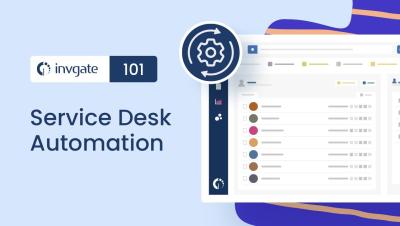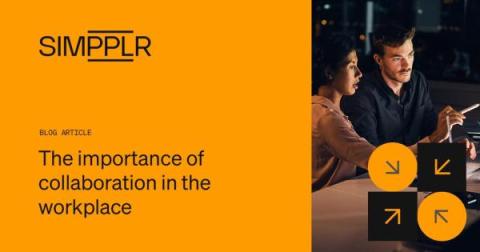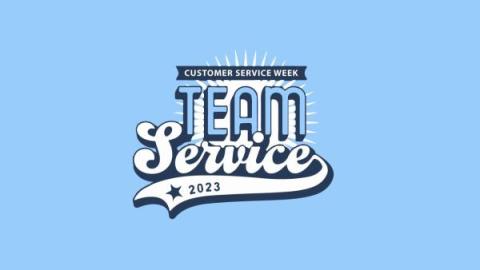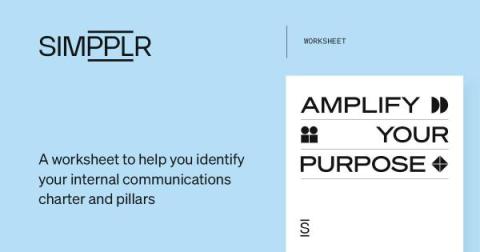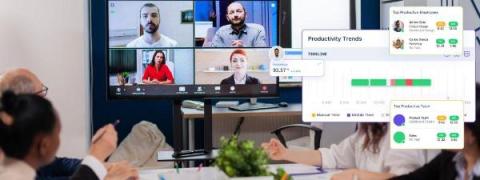Teams | Collaboration | Customer Service | Project Management
%term
The importance of collaboration in the workplace
Successful businesses are often more than the sum of their parts. Now, what if those parts, each individual cog, worked seamlessly together? Imagine ideas and knowledge flowing effortlessly from one employee to another. That’s what collaboration in the workplace can do.
We attempted to streamline our product roadmapping process... Here's what happened!
Planning—while crucial—often becomes one of the least enjoyable aspects of Product Development work. It can create a lot of unnecessary “process noise” without truly empowering teams. The main thing to focus on when you want to improve this is to support meaningful discussions between teams and larger business units (which, at Miro, we call “streams”). Our recent experiments have revolved around exploring this very concept.
How to Become More Confident at Work
Onboarding Workflows: Streamlining The First Step To Employee Success
When it comes to employee success, the power of onboarding workflows cannot be understated. If you've landed here, there's a good chance you're grappling with the challenge of assimilating new hires seamlessly into your organization. Sound familiar? Fortunately, this article delves deep into answering those concerns, and more. I've worked with industry leaders to refine and perfect the art of onboarding.
Customer Service Week: 5 Ideas to Celebrate And Reward Service Desk Agents
Amplify your purpose: A worksheet to identify your internal communications charter and pillars
Internal communications transcend the boundaries of emails and newsletters. Internal communicators become strategic allies when grounded with a solid foundation and guided principles — a communications charter.
7 ways CX leaders can close the AI trust gap with customers
Few can deny the potential of AI to improve customer experience, but many remain hesitant to trust it. That’s why building customer confidence in AI remains one of the biggest challenges facing CX leaders today. The reasons are understandable: AI is powerful, very technical and can be difficult to understand. The name alone can spark fears of human obsolescence – or getting trapped in an endless loop with a chatbot that can’t help.
The Role of Employee Monitoring Tools When Downsizing
Amidst the wave of global corporate layoffs, leveraging an employee computer monitoring system ethically can ensure data-driven, transparent, and compassionate decision-making during workforce restructuring.
The Efficacy Of Productivity Analytics For Hybrid Workforces
Globally, a staggering 16% of the workforce has embraced remote work freedom. The traditional office-based 9-to-5 model has given way to a new paradigm in a rapidly evolving work landscape. Whereas an even more significant 62% have opted for the hybrid work approach, a blend of in-office and remote work. With this seismic shift, the need to evaluate and maximize productivity within hybrid workforces has never been more critical.


